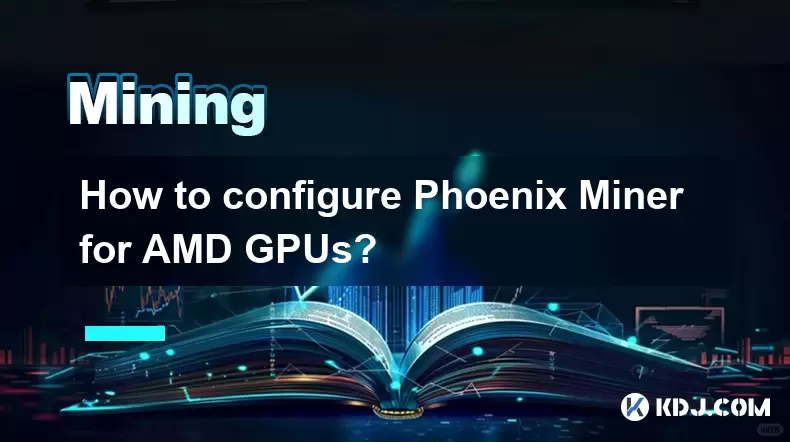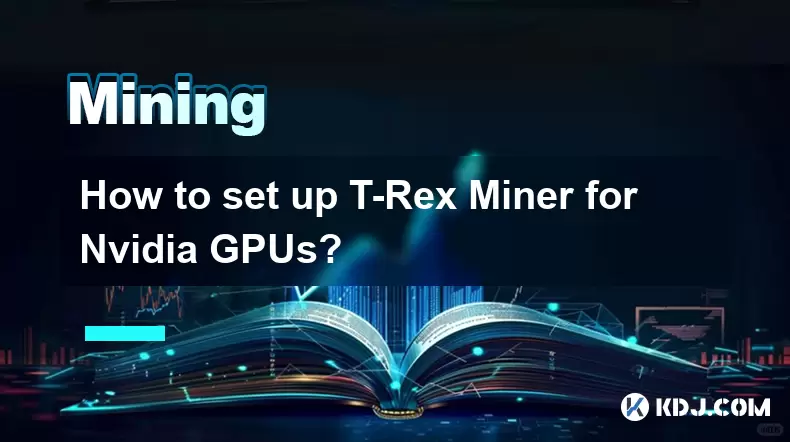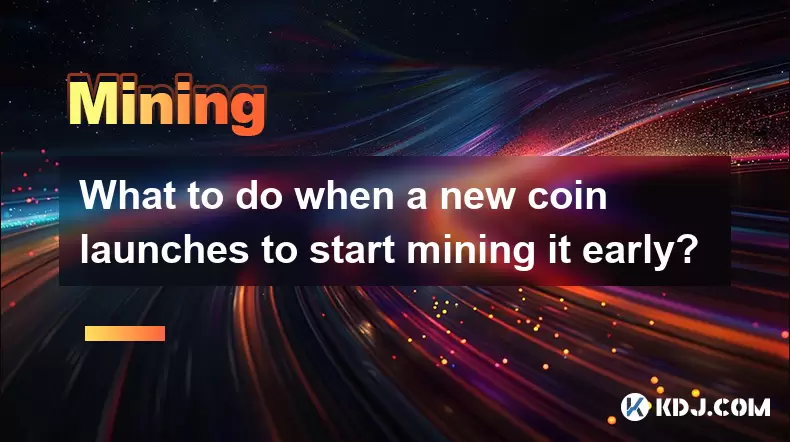-
 Bitcoin
Bitcoin $119600
0.72% -
 Ethereum
Ethereum $4175
-0.54% -
 XRP
XRP $3.207
0.44% -
 Tether USDt
Tether USDt $0.9997
-0.03% -
 BNB
BNB $795.8
-0.80% -
 Solana
Solana $178.4
-0.74% -
 USDC
USDC $0.9998
-0.01% -
 Dogecoin
Dogecoin $0.2273
-2.09% -
 TRON
TRON $0.3405
-0.28% -
 Cardano
Cardano $0.7864
-0.90% -
 Hyperliquid
Hyperliquid $44.43
1.35% -
 Chainlink
Chainlink $21.29
-0.96% -
 Stellar
Stellar $0.4411
0.55% -
 Sui
Sui $3.715
-2.92% -
 Bitcoin Cash
Bitcoin Cash $583.0
2.23% -
 Hedera
Hedera $0.2521
-2.12% -
 Ethena USDe
Ethena USDe $1.000
-0.05% -
 Avalanche
Avalanche $23.18
-1.96% -
 Litecoin
Litecoin $125.0
2.79% -
 Toncoin
Toncoin $3.311
-0.44% -
 UNUS SED LEO
UNUS SED LEO $8.996
-0.53% -
 Shiba Inu
Shiba Inu $0.00001305
-2.49% -
 Uniswap
Uniswap $10.60
-0.11% -
 Polkadot
Polkadot $3.910
-2.51% -
 Dai
Dai $0.9999
-0.03% -
 Cronos
Cronos $0.1640
2.00% -
 Ethena
Ethena $0.7932
4.93% -
 Bitget Token
Bitget Token $4.371
-1.10% -
 Monero
Monero $267.2
-1.09% -
 Pepe
Pepe $0.00001154
-3.46%
Can you mine cryptocurrency on a regular laptop or PC?
Mining crypto on a regular PC or laptop is possible with CPU/GPU-friendly coins like Monero or Ergo, but profitability is limited and risks include overheating and hardware damage.
Aug 11, 2025 at 05:15 pm

Understanding Cryptocurrency Mining Basics
Cryptocurrency mining involves verifying transactions on a blockchain network and adding them to a public ledger. Miners use computational power to solve complex cryptographic puzzles, and in return, they receive rewards in the form of cryptocurrency. The process is essential for maintaining the integrity and security of decentralized networks like Bitcoin and Ethereum. However, the feasibility of mining depends heavily on the hardware used. While specialized equipment such as ASICs (Application-Specific Integrated Circuits) dominates the mining landscape, many individuals wonder whether a regular laptop or PC can be used effectively.
Hardware Requirements for Mining
Mining efficiency is directly tied to processing power, and different cryptocurrencies require different levels of computational resources. For example, Bitcoin mining is no longer viable on standard consumer hardware due to the high difficulty level and the dominance of ASIC miners. However, some alternative cryptocurrencies, such as Monero (XMR) or Ravencoin (RVN), are designed to be mined using CPUs or GPUs, making them more accessible to users with regular computers.
- CPU mining relies on the computer’s central processor. While most laptops and desktops have capable CPUs, they are significantly slower than dedicated mining rigs.
- GPU mining uses the graphics processing unit, which is far more efficient for handling parallel computations required in mining. A PC with a dedicated graphics card such as an NVIDIA RTX series or AMD Radeon RX series will perform better than integrated graphics.
- RAM and storage play minor roles but are necessary for running mining software and storing blockchain data temporarily.
It is important to note that thermal throttling can occur on laptops due to limited cooling systems, which reduces mining efficiency and can damage hardware over time.
Choosing the Right Cryptocurrency to Mine
Not all cryptocurrencies are suitable for mining on consumer-grade hardware. Some are specifically designed to resist ASIC dominance and favor CPU or GPU mining. Examples include:
- Monero (XMR): Uses the RandomX algorithm, which is optimized for CPUs and discourages ASIC use.
- Ergo (ERG): Designed for GPU mining with the Autolykos algorithm, making it accessible to users with standard graphics cards.
- Vertcoin (VTC): Focuses on being ASIC-resistant and supports mining via consumer GPUs.
Selecting the right coin involves researching the current network difficulty, block reward, and market price. Tools like WhatToMine allow users to input their hardware specifications and receive profitability estimates based on electricity costs and current exchange rates.
Setting Up Mining Software on a PC or Laptop
Once a suitable cryptocurrency is chosen, the next step is installing mining software. The process varies slightly depending on the operating system and the coin being mined. Below are general steps for setting up a miner on a Windows PC:
- Download a reputable mining software such as XMRig for Monero or GMiner for GPU-based coins.
- Extract the downloaded files to a dedicated folder on your computer.
- Locate the configuration file (usually a
.jsonor.batfile) and edit it to include your wallet address and mining pool details. - For XMRig, modify the
config.jsonfile to set the pool address, wallet address, and worker name. - Save the configuration and run the executable or batch file to start mining.
For beginners, using a mining pool is recommended. Pools combine the computational power of multiple miners, increasing the chances of earning rewards, which are then distributed proportionally. Solo mining on a regular PC is highly unlikely to yield any returns due to the low hash rate.
Power Consumption and Profitability Analysis
Mining on a regular PC or laptop consumes electricity, and profitability depends on the balance between hash rate (computational output) and electricity cost. Most consumer laptops have a power draw of 30–90 watts under load, while gaming PCs can consume 300–600 watts or more.
To assess profitability:
- Calculate your hardware’s hash rate using benchmark tools included in mining software.
- Determine your electricity cost per kilowatt-hour (kWh) from your utility bill.
- Use online calculators like CryptoCompare or CoinWarz to estimate daily earnings minus power costs.
- Account for hardware degradation over time, especially on laptops not designed for sustained high-load operations.
In many cases, the electricity cost exceeds the mining revenue, resulting in a net loss. Additionally, continuous mining can reduce the lifespan of components such as the GPU, CPU, and battery in laptops.
Risks and Limitations of Mining on Consumer Devices
Mining on a regular laptop or PC comes with several risks:
- Overheating: Laptops are not built for sustained 100% CPU/GPU usage. Prolonged mining can cause thermal throttling or permanent hardware damage.
- Reduced device lifespan: Continuous stress on components can lead to early failure of fans, batteries, and circuitry.
- Warranty voiding: Many manufacturers void warranties if the device is used for mining or other high-intensity tasks.
- Security risks: Downloading mining software from untrusted sources can expose the system to malware or cryptojacking scripts.
Moreover, mining on a shared network (such as home Wi-Fi) may trigger bandwidth limits or alerts from internet service providers, especially if large amounts of data are being transmitted during blockchain synchronization.
Frequently Asked Questions
Can I mine Ethereum on my laptop?
No, Ethereum transitioned to a proof-of-stake model in 2022, eliminating mining entirely. You cannot mine ETH using any hardware, including high-end PCs or laptops.
Will mining damage my laptop battery?
Yes, continuous high-performance usage generates heat and puts strain on the battery. Lithium-ion batteries degrade faster when exposed to high temperatures and constant charging cycles, especially when the laptop is used while plugged in during mining.
Is CPU mining still profitable in 2024?
In most cases, CPU mining is not profitable for major cryptocurrencies due to low hash rates and high electricity costs. However, privacy coins like Monero may still offer marginal returns for users with efficient CPUs and low power costs.
Can I use my PC for mining while doing other tasks?
While technically possible, running mining software alongside other applications will significantly slow down your system. Mining consumes nearly all available CPU or GPU resources, leading to lag, overheating, and poor performance in everyday tasks.
Disclaimer:info@kdj.com
The information provided is not trading advice. kdj.com does not assume any responsibility for any investments made based on the information provided in this article. Cryptocurrencies are highly volatile and it is highly recommended that you invest with caution after thorough research!
If you believe that the content used on this website infringes your copyright, please contact us immediately (info@kdj.com) and we will delete it promptly.
- Superman Takes Flight: A Deep Dive into the Comic Program and Coin Medals
- 2025-08-11 20:30:12
- Shiba Inu's Comeback Trail and the Meme Coin Mania: Can $SHIB Deliver a 12,000x Return?
- 2025-08-11 18:30:11
- Proof of Trust, Transparency, and User Safety: Keeping Crypto Real
- 2025-08-11 18:50:12
- Pudgy Penguins, Bitcoin Penguins, and the $22M Meme Coin Mania: A New York Perspective
- 2025-08-11 17:10:11
- Bitcoin L2 Heats Up: SatLayer (SLAY) Lists on KuCoin Amidst Layer-2 Boom
- 2025-08-11 16:50:12
- Ethereum, Coin Market Cap, and Solfart Token: A Wild Ride in the Crypto Universe
- 2025-08-11 17:50:12
Related knowledge

How to configure Phoenix Miner for AMD GPUs?
Aug 11,2025 at 03:21am
Understanding Phoenix Miner and Its Compatibility with AMD GPUsPhoenix Miner is a lightweight, high-performance Ethereum mining software designed for ...

How to set up T-Rex Miner for Nvidia GPUs?
Aug 10,2025 at 12:07am
Understanding T-Rex Miner and Its Compatibility with Nvidia GPUsT-Rex Miner is a high-performance mining software designed specifically for Nvidia GPU...

What is "proof-of-work" and how does it relate to mining?
Aug 07,2025 at 02:03pm
Understanding the Concept of Proof-of-WorkProof-of-work (PoW) is a consensus mechanism used in blockchain networks to validate transactions and secure...

What are the differences between mining on Windows vs. Linux?
Aug 06,2025 at 11:29pm
Overview of Cryptocurrency Mining PlatformsCryptocurrency mining involves using computational power to solve complex cryptographic puzzles and validat...

How to use an old computer for cryptocurrency mining?
Aug 07,2025 at 12:42pm
Understanding the Feasibility of Using an Old Computer for MiningUsing an old computer for cryptocurrency mining may seem outdated, but it is still te...

What to do when a new coin launches to start mining it early?
Aug 11,2025 at 01:15am
Understanding the Early Mining WindowWhen a new coin launches, the initial phase presents a unique opportunity for miners to gain a competitive edge. ...

How to configure Phoenix Miner for AMD GPUs?
Aug 11,2025 at 03:21am
Understanding Phoenix Miner and Its Compatibility with AMD GPUsPhoenix Miner is a lightweight, high-performance Ethereum mining software designed for ...

How to set up T-Rex Miner for Nvidia GPUs?
Aug 10,2025 at 12:07am
Understanding T-Rex Miner and Its Compatibility with Nvidia GPUsT-Rex Miner is a high-performance mining software designed specifically for Nvidia GPU...

What is "proof-of-work" and how does it relate to mining?
Aug 07,2025 at 02:03pm
Understanding the Concept of Proof-of-WorkProof-of-work (PoW) is a consensus mechanism used in blockchain networks to validate transactions and secure...

What are the differences between mining on Windows vs. Linux?
Aug 06,2025 at 11:29pm
Overview of Cryptocurrency Mining PlatformsCryptocurrency mining involves using computational power to solve complex cryptographic puzzles and validat...

How to use an old computer for cryptocurrency mining?
Aug 07,2025 at 12:42pm
Understanding the Feasibility of Using an Old Computer for MiningUsing an old computer for cryptocurrency mining may seem outdated, but it is still te...

What to do when a new coin launches to start mining it early?
Aug 11,2025 at 01:15am
Understanding the Early Mining WindowWhen a new coin launches, the initial phase presents a unique opportunity for miners to gain a competitive edge. ...
See all articles

























































































